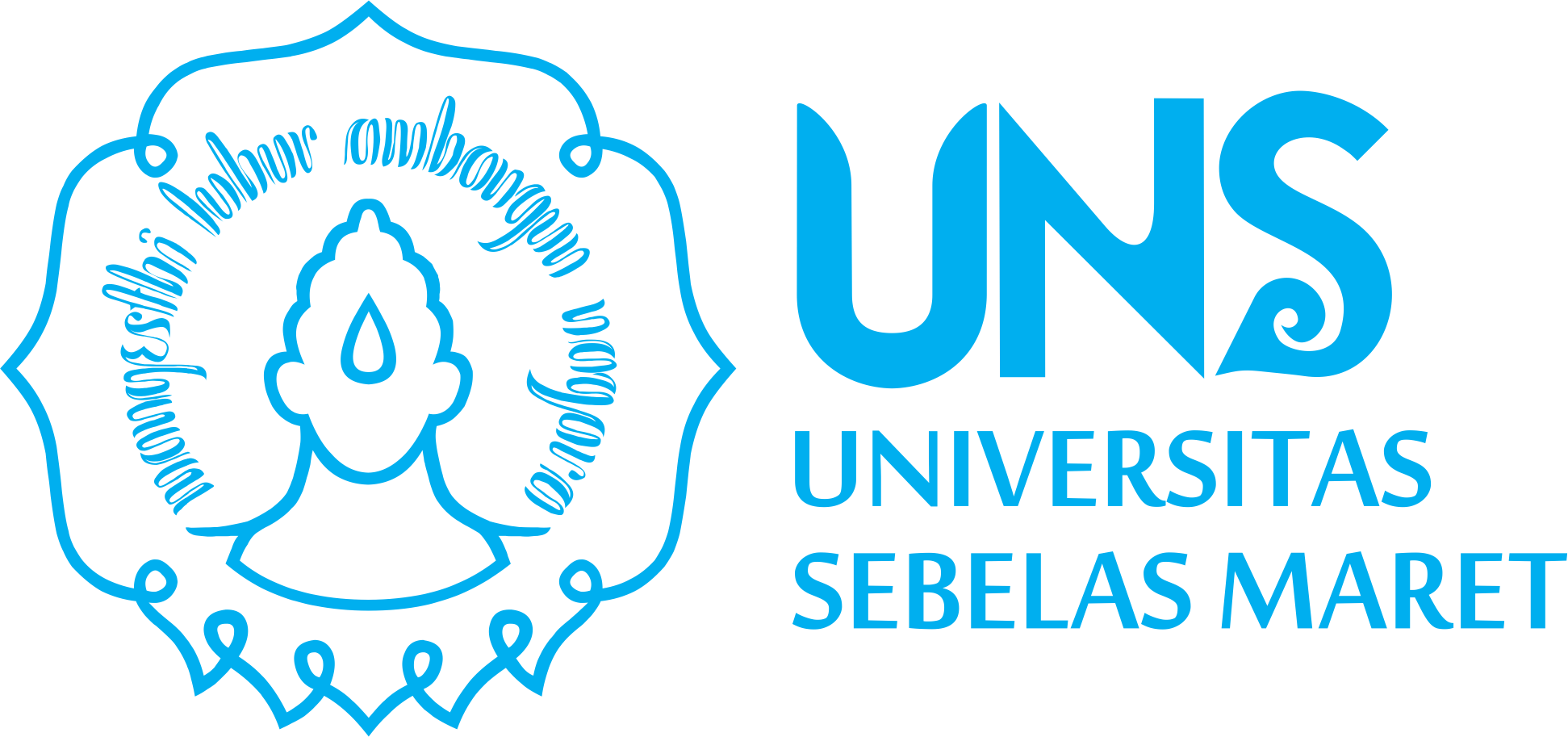Before conducting the PCR reaction or cloning test or DNA sequencing it is critical to have a high-quality DNA source that is free of contaminations such as protein, debris and RNA. Purifying DNA is also known as DNA isolation and is a vital step in molecular biology. In this article, you will be taught the fundamentals of DNA purification, and how to improve your DNA extraction processes to get greater results.
The initial step in the DNA purification process is to prepare a solution that is composed of water and an alkaline buffer. This buffer makes DNA soluble, and it can be easily separated from the other components of the sample. Once the DNA has been placed in an alkaline and water solution, it’s then treated with https://mpsciences.com/2021/04/15/gene-synthesis-and-transcription-processes/ chaotropic or detergents to break down cell membranes and nuclei and release DNA (cell lysis). RNase is also added to eliminate any contamination RNA from the sample.
DNA is then separated from other cell components like proteins and lipids using organic solvents such as phenol and chloroform. Once the DNA has been removed from the proteins and lipids, it can be precipitated using ethanol or isopropyl alcohol (rubbing alcohol).
Spectrophotometry and gel electrophoresis can be used to determine the quality of DNA. A high-quality DNA sample must have a ratio of absorbance of 260 nm up to 280 nm of
